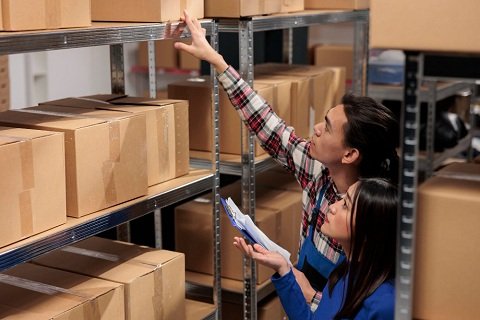In today’s world, sustainability has become a critical focus in various aspects of our lives, including how we pack and store our belongings. As we aim to reduce waste, conserve resources, and minimize our environmental impact, eco-friendly packing and storage solutions have gained popularity. In this article, we will explore the importance of sustainable practices in packing and storage, along with eco-friendly solutions that promote a greener lifestyle.
The Need for Sustainable Packing and Storage
The traditional approach to packing and storage often involves single-use materials, excessive packaging, and wasteful practices. From plastic bags and bubble wrap to cardboard boxes and Styrofoam inserts, these conventional methods contribute significantly to environmental degradation, pollution, and landfill waste. As awareness of environmental issues grows, individuals and businesses alike are seeking alternatives that prioritize sustainability.
Benefits of Eco-Friendly Packing and Storage Solutions
- Reduced Waste: One of the primary benefits of eco-friendly packing and storage solutions is the reduction of waste. By using reusable containers, biodegradable materials, and minimal packaging, we can significantly decrease the amount of waste generated from packing and storing goods.
- Resource Conservation: Eco-friendly solutions often utilize sustainable materials such as recycled paper, cardboard, bamboo, and natural fibers. These materials require fewer resources to produce compared to conventional plastics and synthetic materials, contributing to resource conservation and lower environmental impact.
- Lower Carbon Footprint: Sustainable packing and storage solutions can help reduce carbon emissions throughout their lifecycle. This includes manufacturing processes that prioritize energy efficiency, transportation with minimal environmental impact, and end-of-life options such as recycling or composting.
- Promotion of Reusability: Eco-friendly packing solutions promote reusability, encouraging individuals to use durable containers, bags, and wraps that can be used multiple times. This reduces the need for single-use plastics and disposable packaging, leading to long-term waste reduction.
- Support for Circular Economy: Adopting eco-friendly packing and storage practices aligns with the principles of a circular economy. Instead of following a linear model of “take, make, dispose,” a circular economy focuses on reducing waste, reusing materials, and recycling resources to create a more sustainable and regenerative system.
Eco-Friendly Packing Solutions
- Reusable Bags and Containers: Invest in reusable shopping bags, food containers, and water bottles made from eco-friendly materials such as organic cotton, recycled polyester, or stainless steel. These reusable items not only reduce single-use plastic waste but also promote a more sustainable lifestyle.
- Biodegradable Packaging Materials: Use biodegradable and compostable packaging materials for shipping and storing goods. Options include biodegradable bubble wrap, compostable packing peanuts made from cornstarch, and cardboard boxes sourced from recycled materials.
- Cloth Wraps and Beeswax Wraps: Instead of using plastic wrap or aluminum foil, switch to cloth wraps made from cotton or beeswax wraps. These reusable wraps are an eco-friendly alternative for covering food, wrapping sandwiches, or storing leftovers.
- Minimalist and Space-Saving Storage Solutions: Opt for minimalist storage solutions that prioritize functionality and space optimization. Modular storage systems, collapsible containers, and multifunctional furniture can help maximize storage space while reducing clutter and excess belongings.
Eco-Friendly Storage Solutions
- Bamboo and Wood Products: Choose storage containers, shelves, and furniture made from sustainable materials such as bamboo or certified wood. These materials are renewable, durable, and add a natural aesthetic to your living spaces.
- Recycled and Upcycled Storage Options: Explore storage solutions crafted from recycled materials or upcycled items. For example, storage bins made from recycled plastic or cardboard, or repurposed furniture that gives new life to old materials.
- Vertical and Wall-Mounted Storage: Maximize space efficiency by utilizing vertical and wall-mounted storage options. Wall shelves, hanging organizers, and vertical racks help declutter floors and surfaces while keeping items accessible and organized.
- DIY and Repurposed Storage Projects: Get creative with do-it-yourself (DIY) storage projects using repurposed materials. Upcycle old crates, jars, or pallets into stylish storage solutions for books, kitchen utensils, or home decor.
Conclusion
Eco-friendly packing and storage solutions play a vital role in promoting sustainable living practices and reducing our ecological footprint. By choosing reusable, biodegradable, and environmentally conscious options, we contribute to a cleaner environment, resource conservation, and a healthier planet for future generations. Whether it’s using reusable bags for grocery shopping, adopting minimalist storage solutions at home, or investing in sustainable packaging for businesses, every eco-friendly choice makes a positive impact on our journey towards sustainability. Let’s embrace eco-conscious practices in packing and storage for a greener and more sustainable lifestyle.












